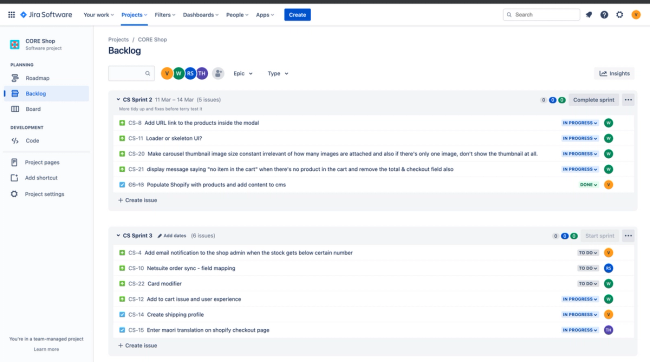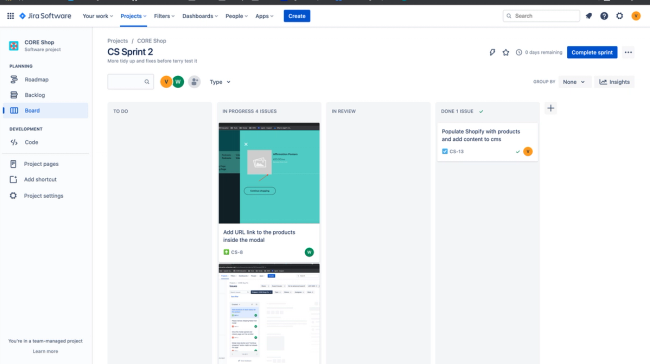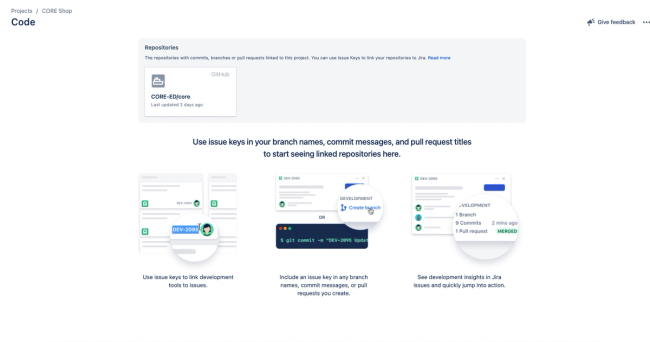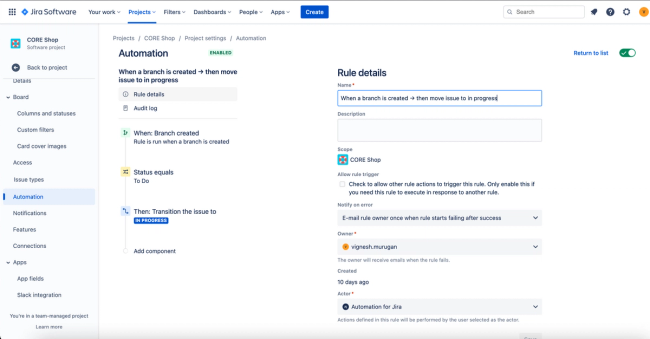Agile vs Scrum: How These Methodologies Transform Software Delivery
19-Mar-2022 (updated: 19-Jul-2025 )
Have you ever wondered why some development teams seem to deliver high-quality software consistently while others struggle with missed deadlines and unhappy stakeholders? The answer often lies in how they approach software development. Enter Agile and Scrum - methodologies that have revolutionized how teams build and deliver software products.
Understanding Agile vs Scrum: The Foundation
Agile is an iterative approach to software development that emphasizes delivering working software in small, incremental releases rather than attempting to deliver everything at once. This continuous delivery model enables teams to respond quickly to changes and incorporate feedback from clients and stakeholders throughout the development process.
Scrum, on the other hand, is a specific framework for implementing Agile principles. Think of Agile as the philosophy or mindset, while Scrum provides the concrete structure, roles, and ceremonies to make that philosophy actionable.
Key Distinction: Agile is the “what” and “why” - Scrum is the “how.”
You’re Probably Already Doing Scrum (Without Realizing It)
Here’s something interesting: I was practicing Scrum principles long before I knew what Scrum actually was. Most developers are.
My Personal Discovery
When working on side projects, I naturally developed a routine:
- Break down the project into achievable functionalities for the week
- Focus on completing those specific tasks
- Clear completed items and plan new features for the following weekend
- Repeat the cycle
Sound familiar? This is essentially what Scrum calls a Sprint - a time-boxed period (usually 1-4 weeks) where teams focus on delivering specific functionality.
From Solo to Team: Scaling the Approach
While a simple notepad worked perfectly for my solo projects, collaborating with a team requires more sophisticated tools and processes. This is where project management tools like Jira become invaluable, providing:
- Shared visibility into what everyone is working on
- Progress tracking across multiple team members
- Collaborative planning for upcoming work
- Historical data to improve future estimates


Core Agile Concepts: MVP and Fail Fast
Minimum Viable Product (MVP)
The MVP concept is fundamental to Agile thinking. Instead of assuming what customers want and building everything upfront, MVP focuses on:
- Building just enough features for customers to use the product meaningfully
- Gathering real user feedback based on actual usage
- Validating assumptions before investing in full feature development
- Reducing time to market and getting early revenue potential
Fail Fast Philosophy
“Failing fast” isn’t about wanting to fail - it’s about learning quickly and cheaply. This approach:
- Measures product success through rapid iterations
- Enables quick pivots when something isn’t working
- Reduces wasted effort on features nobody wants
- Encourages experimentation within controlled boundaries
The earlier you discover what doesn’t work, the less time and money you waste building the wrong thing.
How Jira Empowers Developer Workflows
For development teams, Jira offers powerful features that integrate seamlessly with coding workflows:
1. GitHub Integration and Branch-per-Task Workflow
Jira promotes the branch-per-task workflow, where each feature or bug fix gets its own branch. This approach provides several benefits:
- Clear traceability between code changes and business requirements
- Isolated development reducing conflicts between team members
- Better code review process with focused, manageable changes
- Easier rollbacks when issues are discovered
When you include the Jira issue number in branch names or commit messages, the integration automatically links your code to the corresponding issue.

The GitHub for Jira app extension brings your development workflow directly into the Jira dashboard. You can see:
- Commits linked to each issue
- Pull request status and reviews
- Merge history and deployment information
- Complete development lifecycle in one view
This integration encourages developers to take ownership from start to finish, improves transparency across the team, and provides clear progress tracking for stakeholders.
2. Workflow Automation
Jira’s automation capabilities eliminate repetitive manual tasks and ensure consistency across your development process.
Example Automation Rules:
- Status Updates: Automatically move issues from “To Do” to “In Progress” when a branch is created
- Notification Management: Alert relevant team members when pull requests are ready for review
- Release Tracking: Update issues to “Done” when code is merged to the main branch
- Sprint Management: Automatically assign issues to the current sprint based on labels or components

These automations not only save time but also ensure that your team follows consistent processes, reducing the chance of issues falling through the cracks.
The Bottom Line: Why This Matters
Agile and Scrum aren’t just buzzwords - they’re proven approaches that help teams:
- Deliver value faster through iterative development
- Respond to change more effectively than traditional waterfall methods
- Improve team collaboration with clear roles and regular communication
- Reduce project risk by catching issues early and often
- Increase customer satisfaction through regular feedback and course correction
Whether you’re working on a solo side project or leading a large development team, understanding and applying these principles can significantly improve your software delivery outcomes. The key is starting with the basics and gradually adopting more sophisticated practices as your team grows and matures.